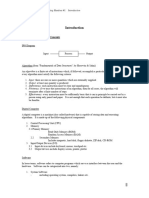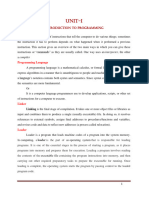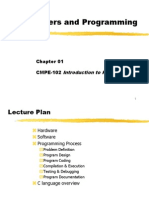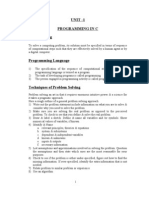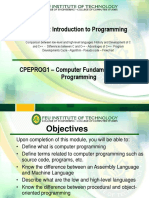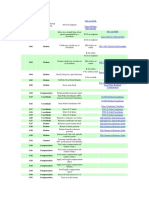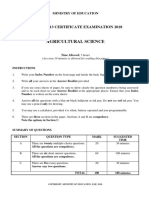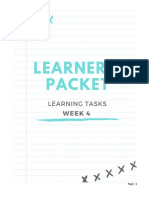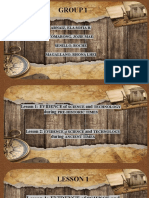0% found this document useful (0 votes)
16 views3 pagesSlide 1
Programming involves writing instructions for computers, which operate based on these instructions. Algorithms are step-by-step procedures for solving problems, with specific properties such as finiteness and definiteness. C language, developed in the 1970s, is a robust and portable programming language widely used in operating systems and embedded systems.
Uploaded by
imtonim098Copyright
© © All Rights Reserved
We take content rights seriously. If you suspect this is your content, claim it here.
Available Formats
Download as PDF, TXT or read online on Scribd
0% found this document useful (0 votes)
16 views3 pagesSlide 1
Programming involves writing instructions for computers, which operate based on these instructions. Algorithms are step-by-step procedures for solving problems, with specific properties such as finiteness and definiteness. C language, developed in the 1970s, is a robust and portable programming language widely used in operating systems and embedded systems.
Uploaded by
imtonim098Copyright
© © All Rights Reserved
We take content rights seriously. If you suspect this is your content, claim it here.
Available Formats
Download as PDF, TXT or read online on Scribd
/ 3
